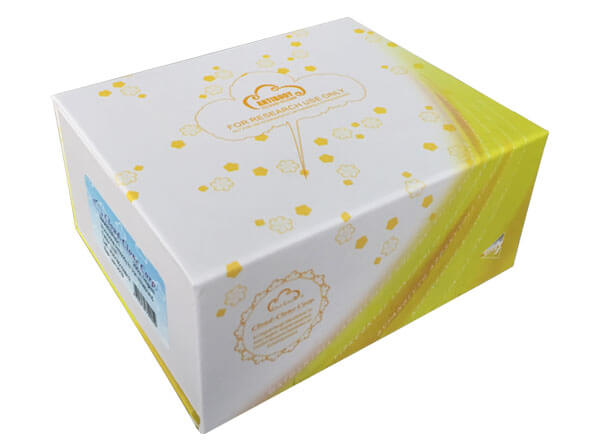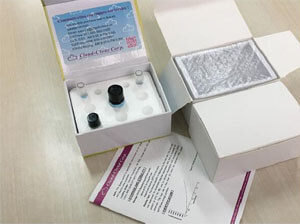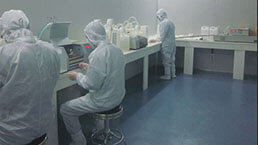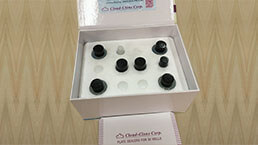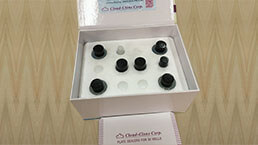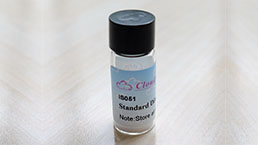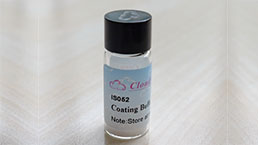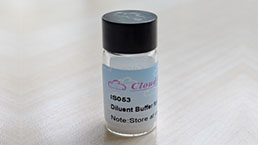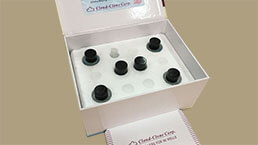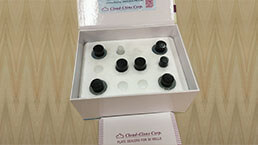ELISA Kit DIY Materials for Cathepsin K (CTSK) 

CTS-K; CTS02; CTSO; CTSO1; CTSO2; PKND; PYCD; Pycnodysostosis; Cathepsin O; Cathepsin X
- UOM
- FOB US$ 1,134.00 US$ 1,890.00 US$ 3,402.00 US$ 6,615.00 US$ 11,340.00
- Quantity
Overview
Properties
- Product No.KSA267Hu01
- Organism SpeciesHomo sapiens (Human) Same name, Different species.
- ApplicationsMain materials for "Do It (ELISA Kit) Yourself".
Research use only - Downloadn/a
- CategoryEnzyme & KinaseInfection immunityBone metabolism
- Reagent Contents Capture Antibody, Detection Antibody, Standard, Streptavidin-HRP, TMB Substrate, 96-well Plate
- Detectable SampleSerum, plasma, tissue homogenates and other biological fluids.
- Applicable PrincipleDouble-antibody Sandwich ELISA for Antigen Detection
- Detectable Range15.6-1000pg/mL
- Applicable Sensitivity6.3pg/mL
Sign into your account
Share a new citation as an author
Upload your experimental result
Review

Contact us
Please fill in the blank.
Specifity
The Abs in the kit have high sensitivity and excellent specificity for detection of Cathepsin K (CTSK). No significant cross-reactivity or interference between Cathepsin K (CTSK) and analogues was observed.
Usage
1. Coat the plates with 100μL per well of working solution of Capture Antibody.incubate overnight at 4°C or incubate at 37°C for 2 hours.
2. Aspirate and wash 1 time.
3. Block the plates with 200 μL per well of working solution of Blocking Buffer. Incubate at 37°C for 1.5 hours.
4. Aspirate and wash 1 time. The plates are now ready for sample detection, the protocol is the same as regular ELISA.
Storage
Antibodies, Standard and Streptavidin-HRP should be stored at -20°C. TMB should be stored at 4°C. 96-well Plate could be stored at room temperature. The contents are valid for twelve months. They are stable for one month after opening when stored at 4°C.
Support pack
Giveaways
Increment services
Citations
- MRMT-1 rat breast carcinoma cells and models of bone metastases: improvement of an in vitro system to mimic the in vivo condition.PubMed: S0065128112000773
- Biochemical and clinical correlation of intraplaque neovascularization using contrast-enhanced ultrasound of the carotid arteryPubmed:24534452
- Drynaria total flavonoids decrease cathepsin K expression in ovariectomized ratsPubmed:25036175
- In vitro method for the screening and monitoring of estrogen-deficiency osteoporosis by targeting peripheral circulating monocytesPubMed: 26250906
- Cathepsin K Contributes to Cavitation and Collagen Turnover in Pulmonary TuberculosisPubMed: 26416658
- Effect of Vitamin D on Peripheral Blood Mononuclear Cells from Patients with Psoriasis Vulgaris and Psoriatic Arthritispmc:PMC4822855
- TSC1 regulates osteoclast podosome organization and bone resorption through mTORC1 and Rac1/Cdc42Pubmed:29358671
- Comparative evaluation of cathepsin K levels in gingival crevicular fluid among smoking and nonsmoking patients with chronic periodontitisPubmed: 30409937
- A bioactive exopolysaccharide from marine bacteria Alteromonas sp. PRIM-28 and its role in cell proliferation and wound healing in vitroPubmed: 30851325
- Biomarkers of Compromised Implant Fixation
- Compound K induces neurogenesis of neural stem cells in thrombin induced nerve injury through LXRα signaling in micePubmed: 32371156
- Информационный алгоритм неинвазивной оценки остеорезорбтивного побочного действия глюкокортикостероидов у больных язвенным колитом
- Особенности остеоиммунологических аспектов остеорезорбции при периимплантите, хроническом пародонтите и раке альвеолярного отростка и …



